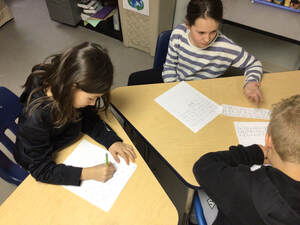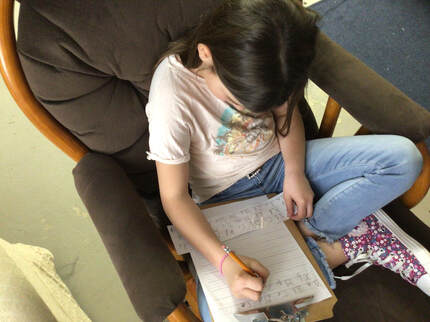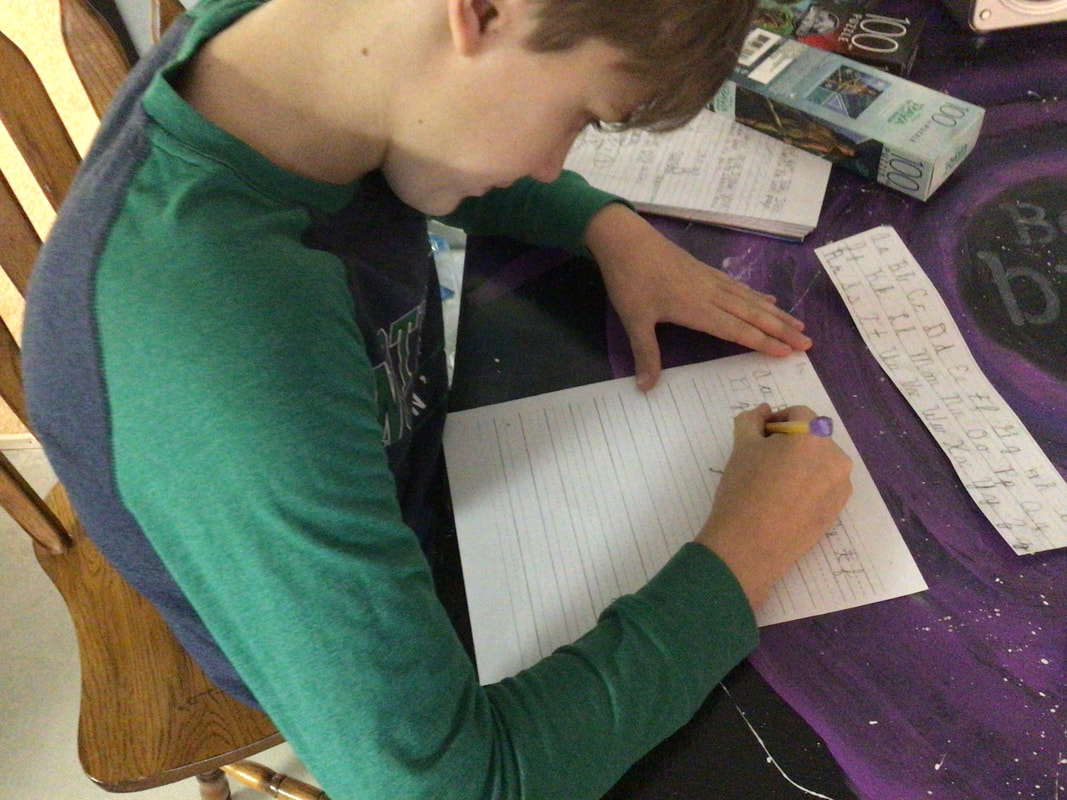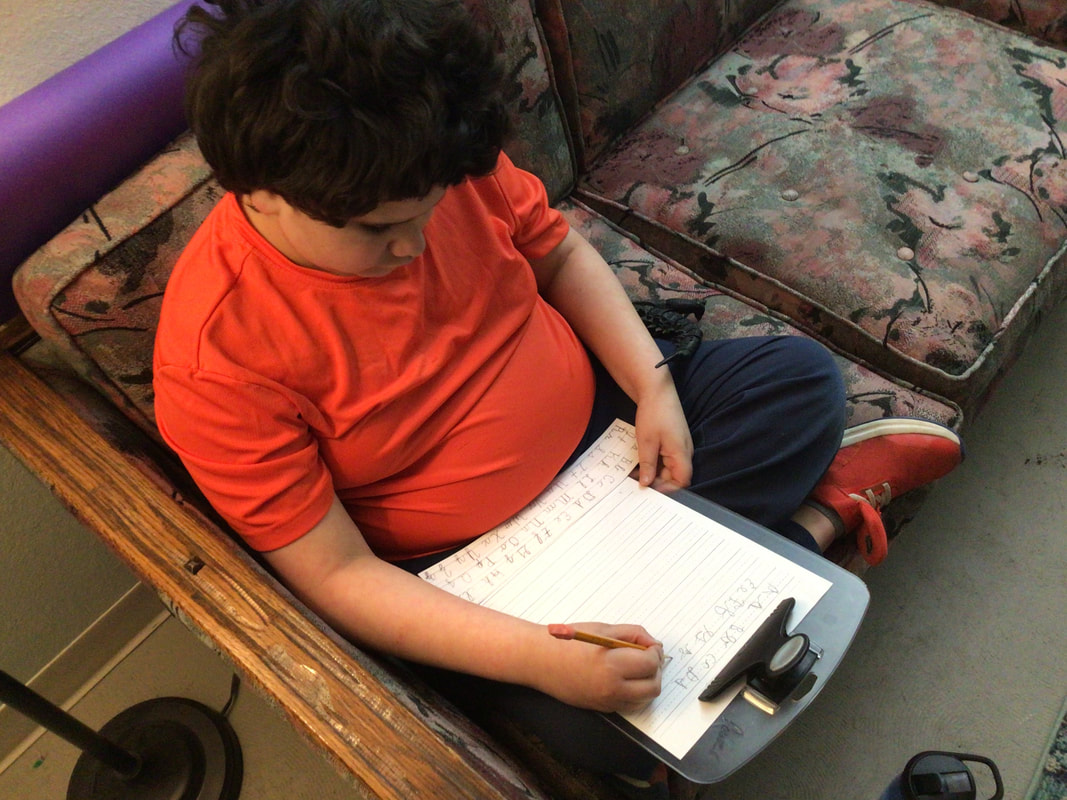 Should cursive still be taught? The debate is back. I have strong feelings about this topic. It may be my age, my experiences, my love of art, or my years in the traditional school setting. I feel cursive writing helps to identify you. Each of us has our own style and I love to see the different ways in which people express themselves in their unique writing. It is a lost art form. I look at the historical documents signed with artistic strokes and beautiful signatures done with style and grace. When The Innovation School decided to teach cursive writing, I was thrilled. I decided to do some research concerning the benefits of writing this way. I learned that cursive writing provides a flow of thought as well as a flow of words. Humans think structurally, not phonetically, so writing in cursive reinforces that. I was pleasantly surprised. Cursive writing helps you focus on content. When one becomes proficient in cursive, the barrier between thought and action helps the focus remain on the content. Cursive gets the entire brain working. Reading cursive also activates different parts of the brain than printed text. Studies also show that writing notes in cursive instead of typing them is preferable. When we type we tend to write verbatim. When we write, we have to be more selective of what we write, so we think of the importance of the words. The writing process appears to help the information “stick” rather than pass through typing fingers. Writing in cursive helps fine motor control as well as helping the person become a better speller. An individual is more likely to retain the proper spelling of a word when they write out the word as a single unit. It improves brain development in the areas of thinking, language and working memory. It also stimulates the brain between the left and right hemispheres. The research tells me that learning how to write in cursive has many educational benefits. My students were apprehensive at first, but soon gained a new perspective that intrigued them. The students that reversed letters in printing quickly learned that they didn’t reverse them when writing cursive. This was exciting. Others were excited about the way their writing looked. They have even started using their own style. We have begun to work on writing our signatures. I am hopeful that by reading and writing in cursive, my students will not only gain a new skill, but an appreciation of the art of writing. Who knows, calligraphy may be the next skill I teach.
1 Comment
6/11/2024 07:03:14 pm
What is the difference in the thought process between typing and writing by hand?
Reply
Leave a Reply. |
TIS StakeholdersA collection of thoughts, ideas and reflections from our educators, students, and families. Archives
September 2023
Categories |






 RSS Feed
RSS Feed
